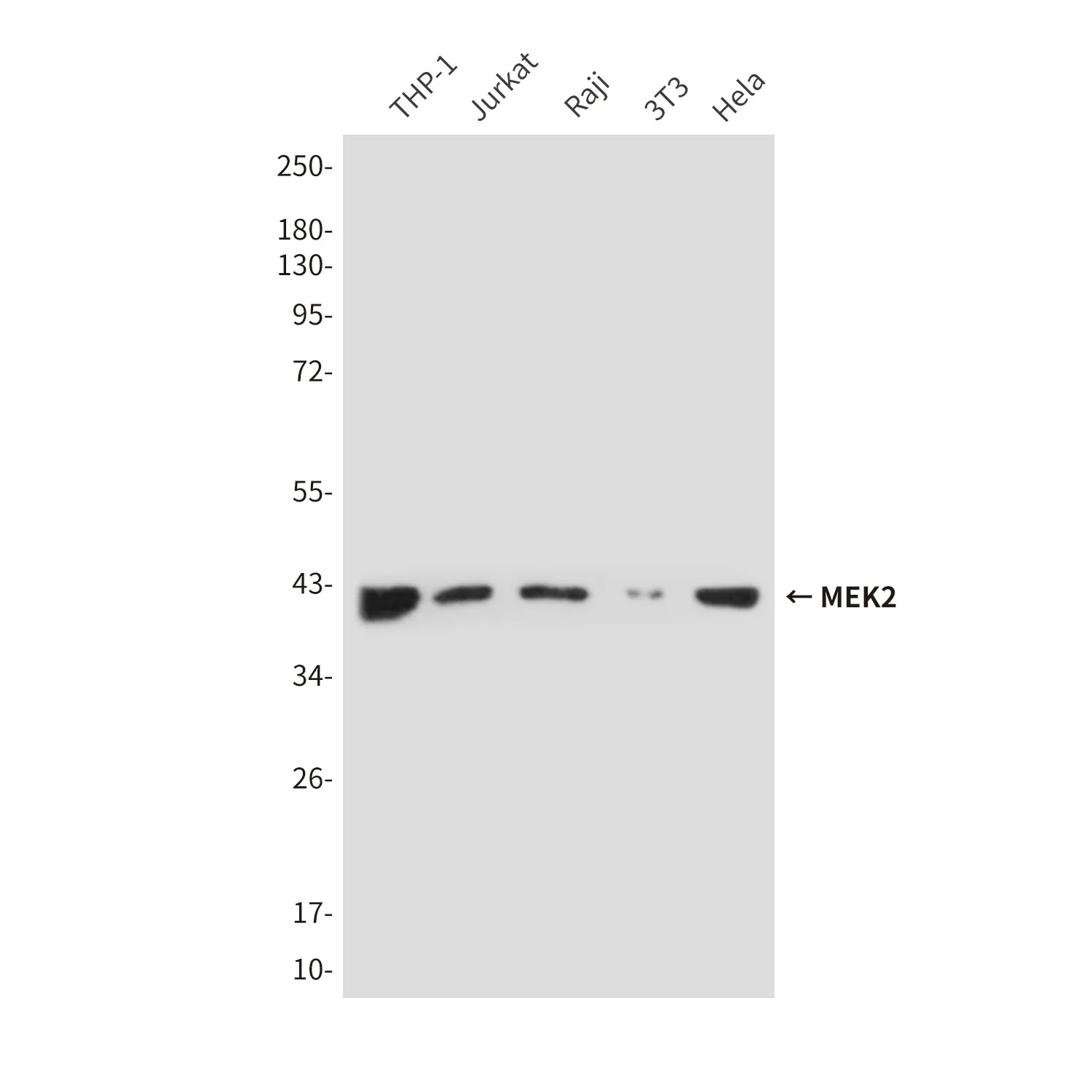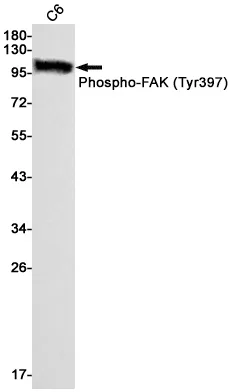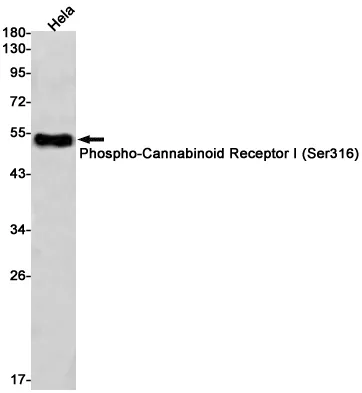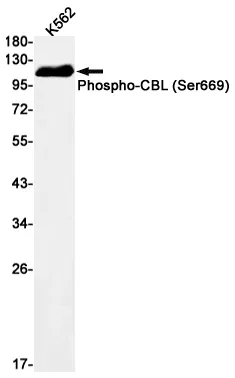Summary
Performance
Immunogen
Application
Background
ATP-dependent 5'-3' DNA helicase, component of the core-TFIIH basal transcription factor. Involved in nucleotide excision repair (NER) of DNA by opening DNA around the damage, and in RNA transcription by RNA polymerase II by anchoring the CDK-activating kinase (CAK) complex, composed of CDK7, cyclin H and MAT1, to the core-TFIIH complex. Involved in the regulation of vitamin-D receptor activity. ATP-dependent 5'-3' DNA helicase, component of the general transcription and DNA repair factor IIH (TFIIH) core complex, which is involved in general and transcription-coupled nucleotide excision repair (NER) of damaged DNA and, when complexed to CAK, in RNA transcription by RNA polymerase II. In NER, TFIIH acts by opening DNA around the lesion to allow the excision of the damaged oligonucleotide and its replacement by a new DNA fragment. The ATP-dependent helicase activity of XPD/ERCC2 is required for DNA opening. In transcription, TFIIH has an essential role in transcription initiation. When the pre- initiation complex (PIC) has been established, TFIIH is required for promoter opening and promoter escape. Phosphorylation of the C-terminal tail (CTD) of the largest subunit of RNA polymerase II by the kinase module CAK controls the initiation of transcription. XPD/ERCC2 acts by forming a bridge between CAK and the core-TFIIH complex. Involved in the regulation of vitamin-D receptor activity. As part of the mitotic spindle-associated MMXD complex it plays a role in chromosome segregation. Might have a role in aging process and could play a causative role in the generation of skin cancers.
Research Area




